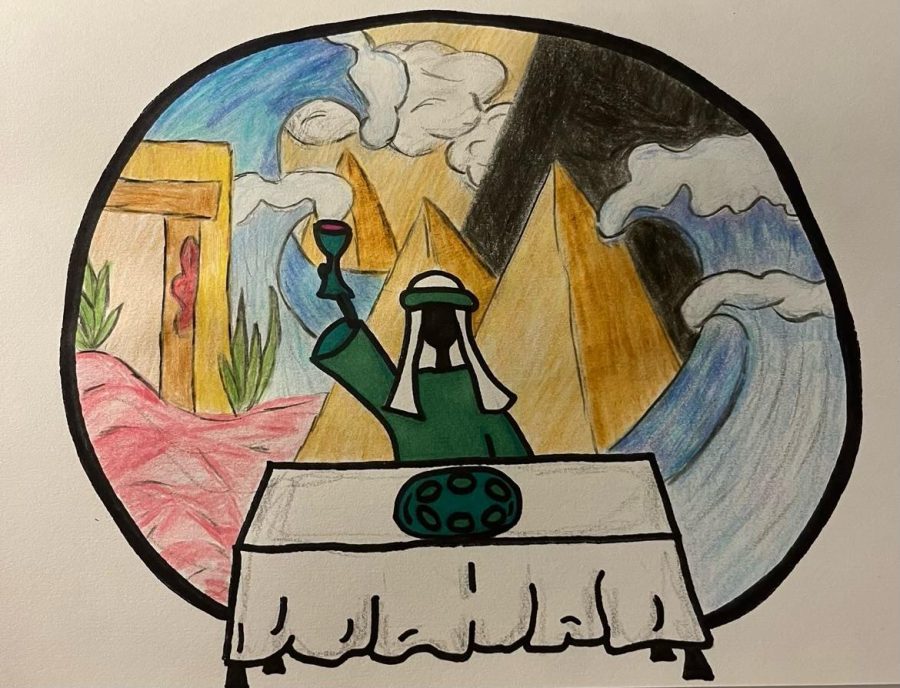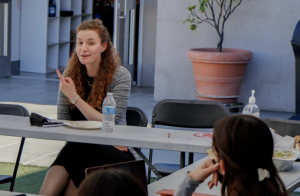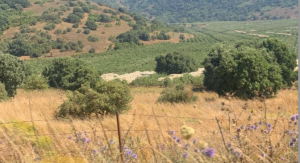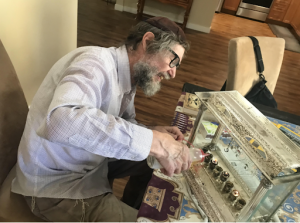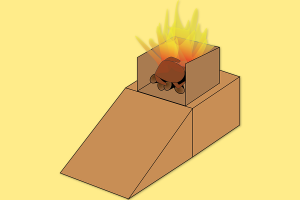Connecting to Pesach
The components of the Pesach seder are a guide to how to live a better life
SUNSET: The first two days of Pesach Yom Tov begin tonight at 7:07 pm and end Sunday at 8:05 pm.
April 15, 2022
“In every generation, a person must regard himself as though he personally had gone out of Egypt” (Mishnah Pesachim 10:5). In the Haggadah (after marror), Rabbi Gamliel obligates us to revisit the Jews’ complicated journey from Egypt to Israel. How is it possible to regard ourselves as though we left Egypt even though it happened so long ago – 3,700 years ago, to be exact. And what does it mean to experience exodus on a personal level? More importantly, how do we apply the important lessons of Passover to our daily lives as Jews of Shalhevet, Los Angeles and our wider communities?
A look at the order of the seder show that we can use the Haggadah itself – not only to commemorate the story of exodus but also to navigate our collective and personal journeys from slavery to freedom.
The Haggadah’s first step is Kadesh, meaning holiness. This step allows us to reflect and recognize our strengths. Next, we wash our hands to remove our impurities. This is an opportunity to reflect on our personal impurities. How can we remove those impurities to improve our life?
Gratitude is another liberating step throughout the seder; during motzi, Birkat Hamazon, and Hallel, we praise and thank Hashem for His creations. We should focus on all our blessings rather than our struggles. This brings us one step closer to our higher selves.
Yachatz is where we break the middle matzah and put it aside to later serve as the afikoman. This step shows us that sometimes, our breaking and suffering, later on, serve a greater purpose in our lives.
Maggid, telling the story of Passover, reminds us of Hashem’s power. We must remember that Hashem is right now besides us, guiding us through our lives. We must have faith in Hashem and trust His plan. During the Jews’ journey from Egypt to Israel, they had doubts in Hashem which only made their route bumpier.
Rachatz – we wash our hands again. We are getting closer to the meal but still waiting to eat. Rachatz shows us that good things in life don’t come right away. We must wait, be patient; this anticipation builds us up. Good things – like a meal with people we love – take time, patience, and preparation.
These are symbolic examples of how the Pesach seder can pave the way for new beginnings, guiding and encouraging us to start our own personal journeys from slavery to freedom. In order to do that, it is not enough that we view yetziat Mitzraim as a mere historical event that happened a long time ago; we must find ways to connect and relate to the story of exodus as part of our lives today.
That is why we need to dive deeper into the Haggadah and the seder – to connect and reflect upon our personal Egypt and our spiritual slavery that is caused by our worries, shortcomings and fears. Once we take the needed steps to leave our personal and spiritual Egypt – Kadesh, Urchatz, Karpas, Yachatz and continuing – we have the freedom to lead, empower and inspire our private and wider communities to liberate themselves from their slavery in Egypt.
Chag sameach!

